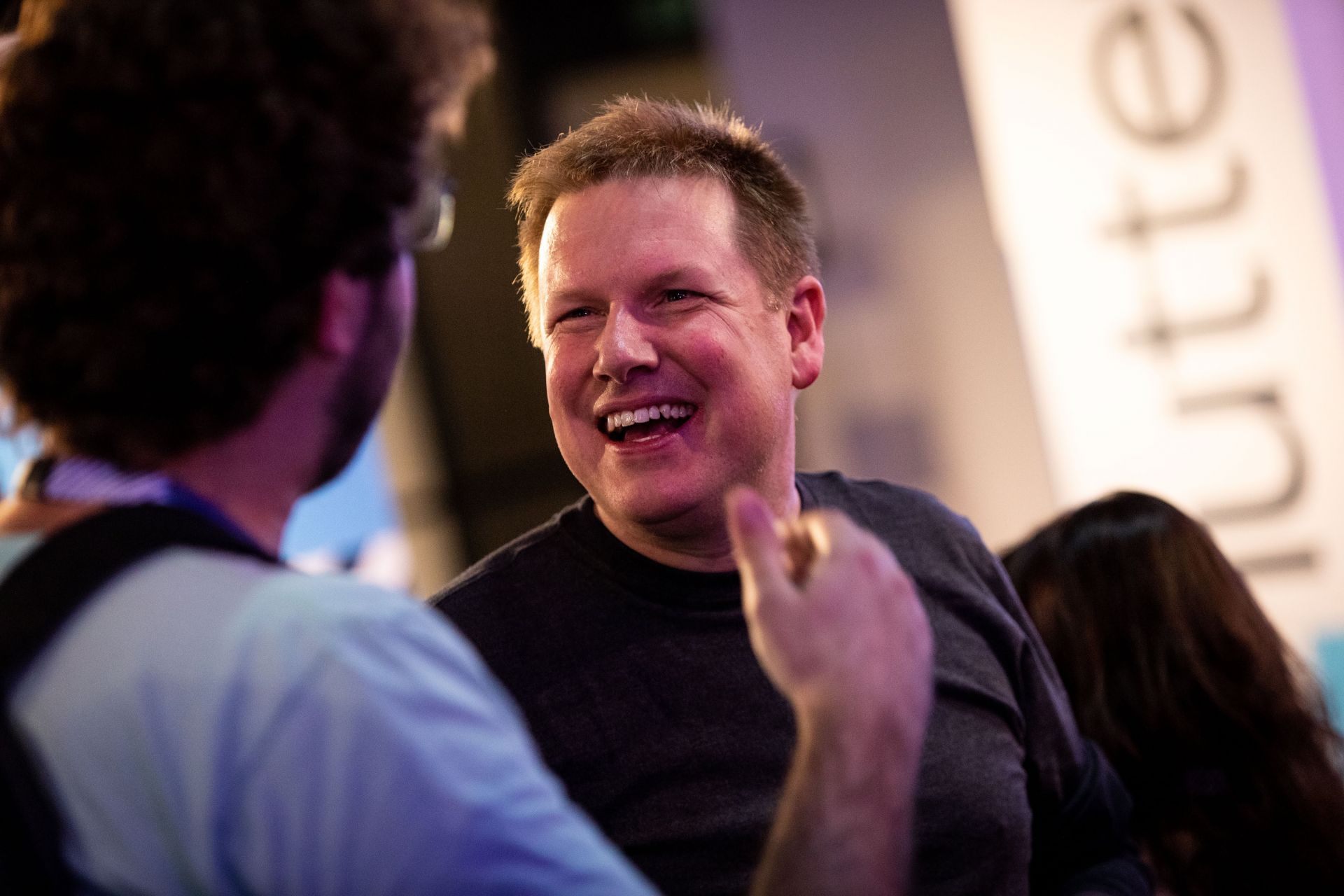1,036 reads
"Flutter Is To Apps As Unity Is To Games" - Tim Sneath

Too Long; Didn't Read
Tim Sneath, Google's product manager for Flutter and Dart, talks about how both the language and the framework have evolved over the last two years. Flutter is to apps as Unity is to games: bringing native performance and visual finesse to apps regardless of their target platform. Big companies like eBay or BMW embrace Dart+Flutter combo for their mobile projects. We don't have a lot to share about this stage, but the public code is all building for Fuchsia.Evrone.com
L O A D I N G
. . . comments & more!
. . . comments & more!

